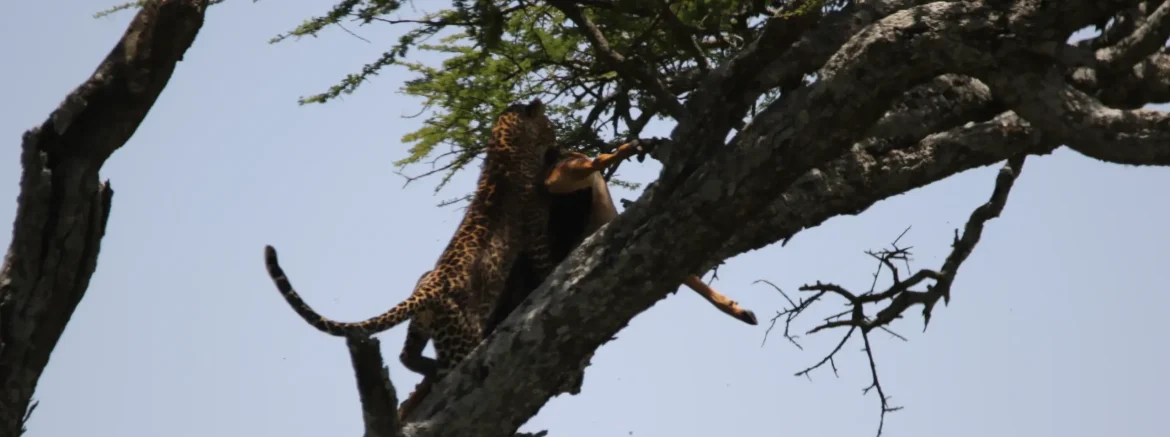The United Republic of Tanzania is a country in East Africa in the African Great Lakes region. It is bordered by Kenya and Uganda to the north, Rwanda, Burundi and Congo to the west and Zambia, Malawi and Mozambique to the south. The country's eastern border is formed by the Indian Ocean.
Kilimanjaro, Africa's highest mountain, is in northeastern Tanzania. The country is divided into 30 administrative regions: five on the semi-autonomous islands of Zanzibar and 25 on the mainland in the former Tanganyika.
Since 1996, the official capital of Tanzania has been Dodoma.
A brief history
Between independence and 1996, the main coastal city of Dar es Salaam served as the country's political capital. It remains Tanzania's principal commercial city and is the main location of most government institutions. It is also the principal port of the country.
Tanganyika and Zanzibar merged on 26 April 1964 to form the United Republic of Tanganyika and Zanzibar. On 29 October of the same year, the country was renamed United Republic of Tanzania ('Tan' comes from Tanganyika and 'Zan' from Zanzibar).
The economy is heavily based on agriculture, which accounts for more than 25 percent of gross domestic products, provides 85 percent of exports, and employs 80 percent of the workforce. Tanzania has vast amounts of minerals including gold, diamonds, coal, iron, uranium, nickel, chromium, tin, platinum, coltan, niobium, natural gas, and others.
There are three major airlines in Tanzania: the "Air Tanzania Corporation", "Precision Air" and "Fastjet". All provide local flights to Arusha, Kigoma, Mtwara, Mwanza, Musoma, Shinyanga, Zanzibar and regional flights to Kigali, Nairobi and Mombasa.
There are two railway companies: "Tazara" provides service between Dar-es-Salaam and Kapiri Mposhi, a district of theCentral Province in Zambia. The other one is the "Tanzania Railways Corporation", which provides services between Dar-es-Salaam and Kigoma, a town on the shores of Lake Tanganyika and between Dar-es-Salaam and Mwanza, a city on the shores of Lake Victoria.
Several modern hydrofoil boats provide transportation across the Indian Ocean between Dar-es-Salaam and Zanzibar.

Tanzania is mountainous in the northeast, where Mount Kilimanjaro, Africa's highest peak, is situated. Three of Africa's Great Lakes are partly within Tanzania. To the north and west lie Lake Victoria, Africa's largest lake, and Lake Tanganyika, the continent's deepest lake, known for its unique species of fish. To the southwest lies Lake Nyasa. Central Tanzania is a large plateau, with plains and arable land. The eastern shore is hot and humid, with the Zanzibar Archipelago just offshore.
Tanzania contains many large and ecologically significant wildlife parks and reserves, including the Ngorongoro Conservation Area, Tarangire National Park, Lake Manyara National Park, and the Serengeti National Park in the north and the Selous Game Reserve, Ruaha National Park, Mikumi National Park in the south and Gombe Stream National Park in the west. Tanzania has a tropical climate. In the highlands, temperatures range between 10 and 20 °C (50 and 68 °F) during cold and hot seasons respectively.
The rest of the country has temperatures rarely falling lower than 20 °C (68 °F). The hottest period extends between November and February while the coldest period occurs between May and August. Annual temperature is 20 °C (68.0 °F). The climate is cool in high mountainous regions.
The population consists of more than 120 ethnic groups, of which the Sukuma, Nyamwezi, Chagga, Nyakyusa, Haya, Hehe, Bena, Gogo, and the Makonde have more than 1 million members. Other Bantu people include the Pare, Zigua, Shambaa, and Ngoni. The majority of Tanzanians, including the Sukuma and the Nyamwezi, are Bantu. Cushitic people include the half million Iraqw. Nilotic people include the nomadic Maasai and Luo, both of which are found in greater numbers in neighbouring Kenya.